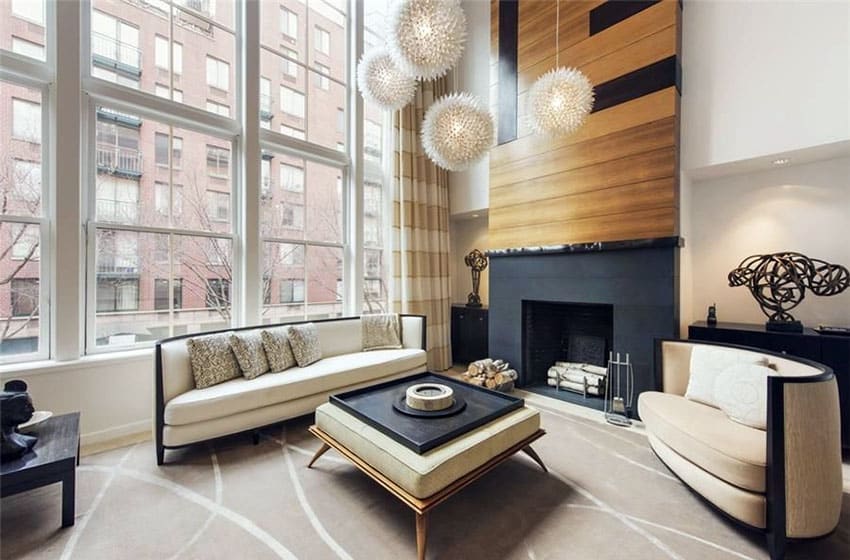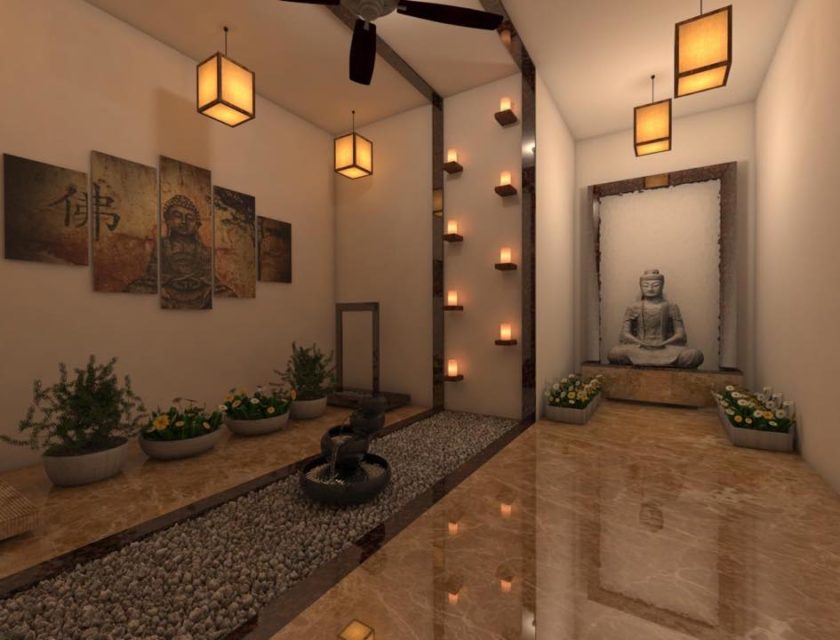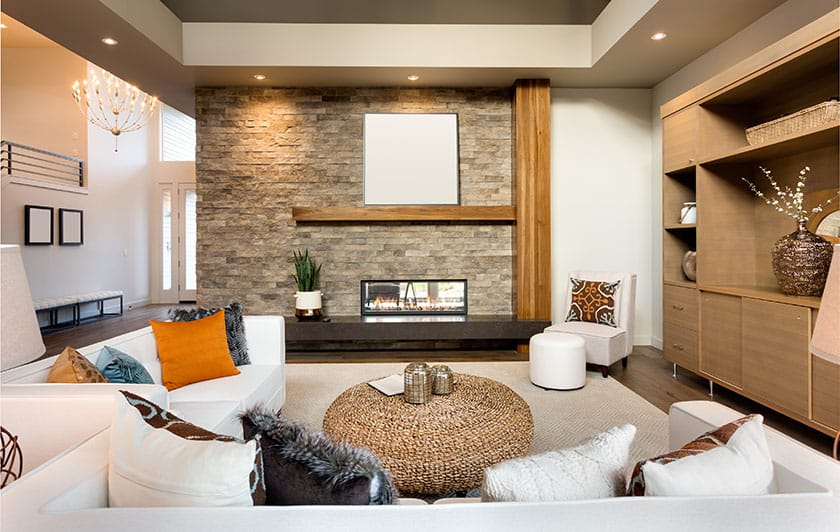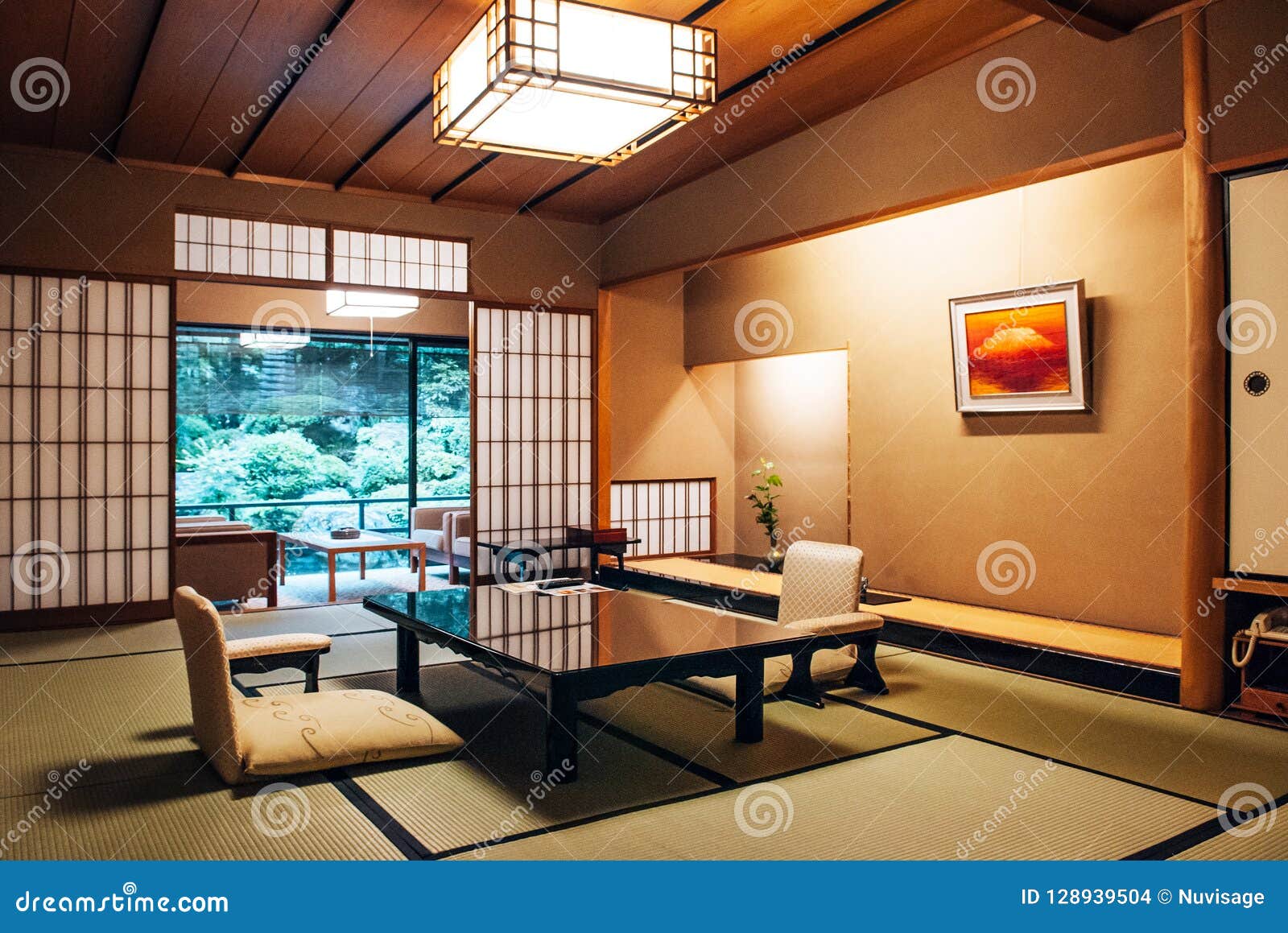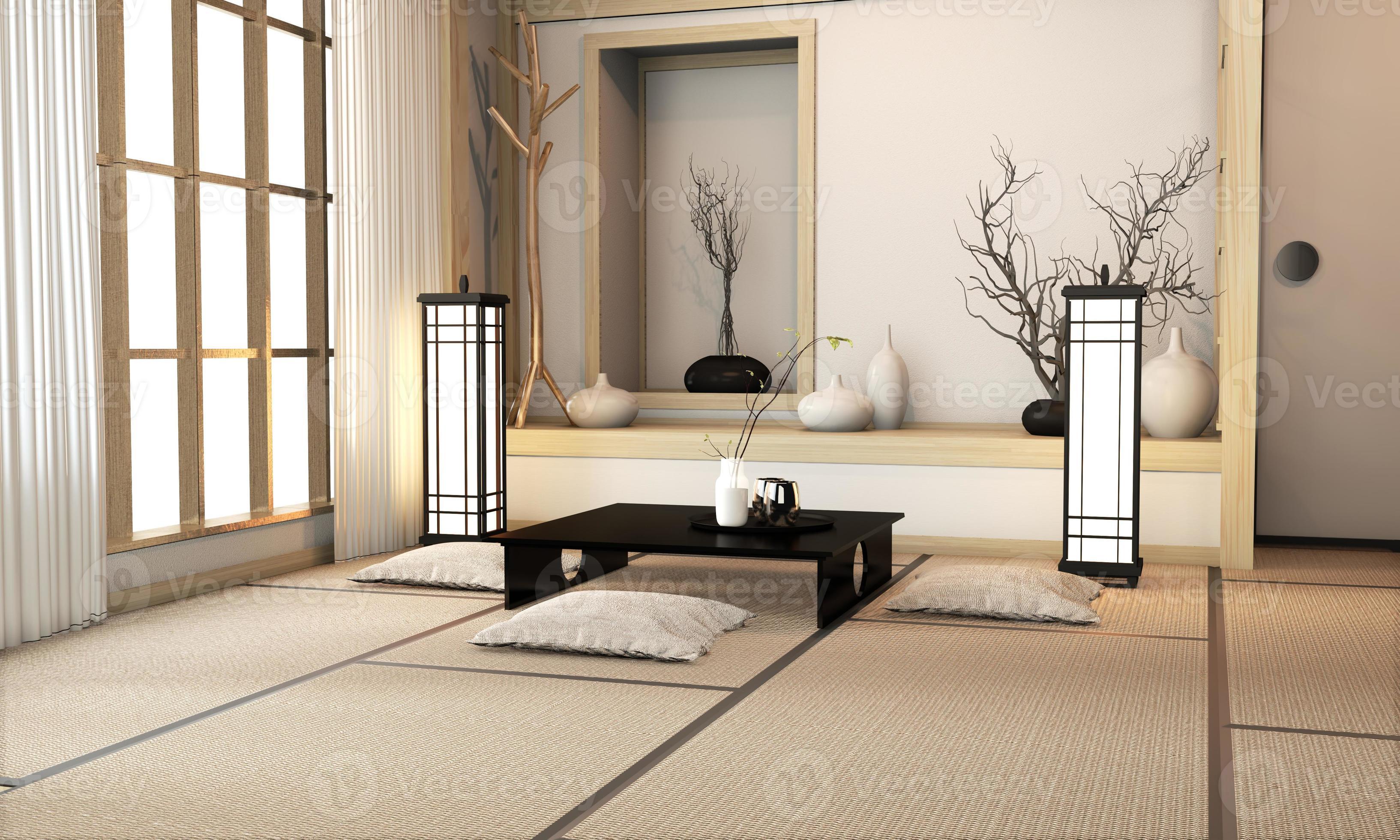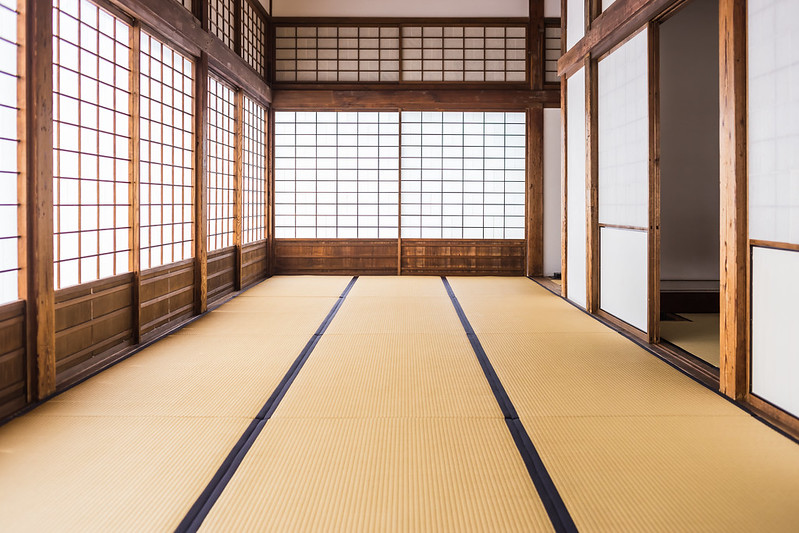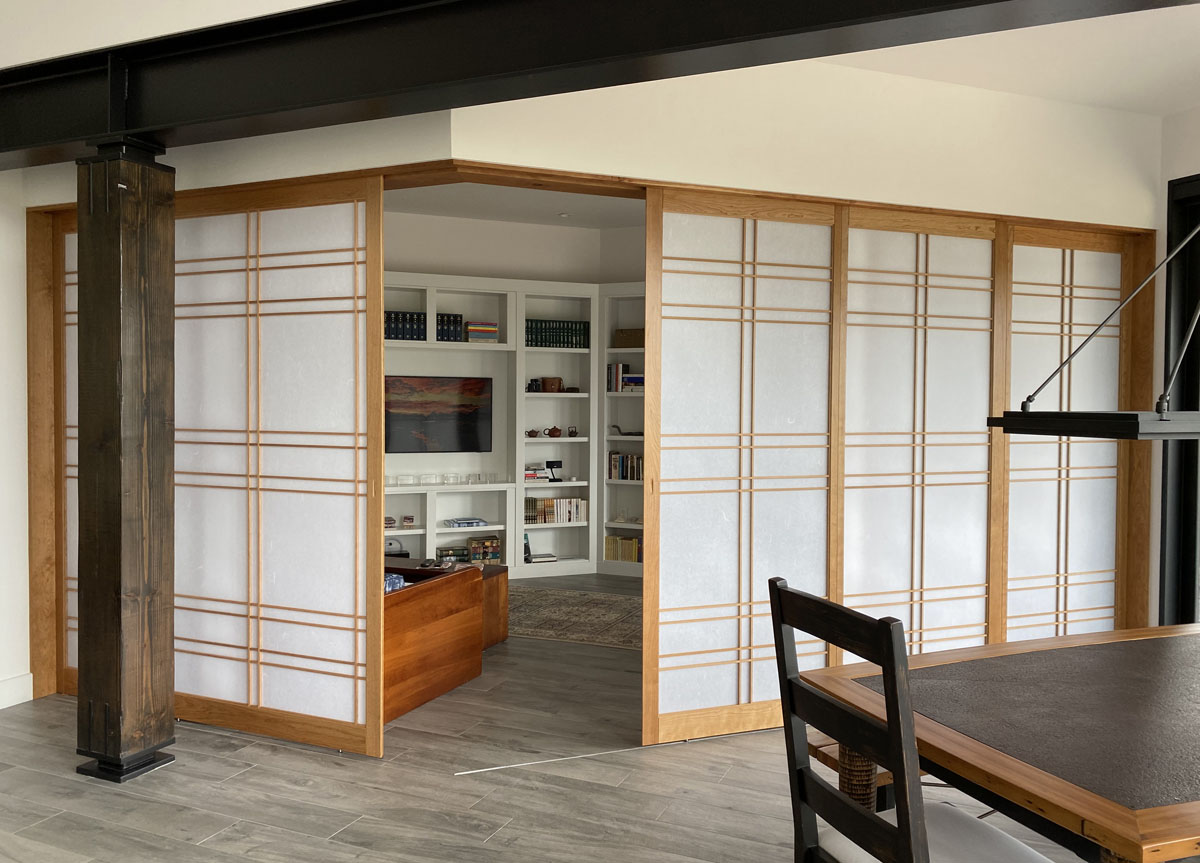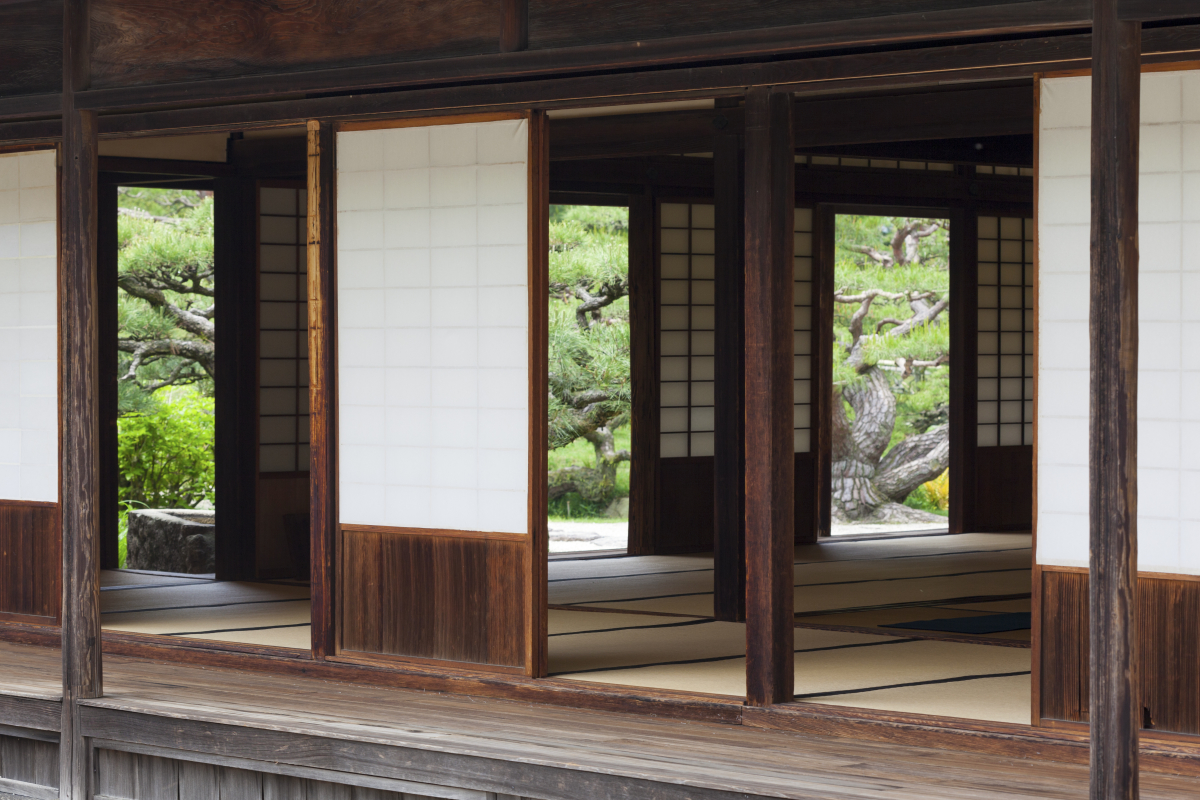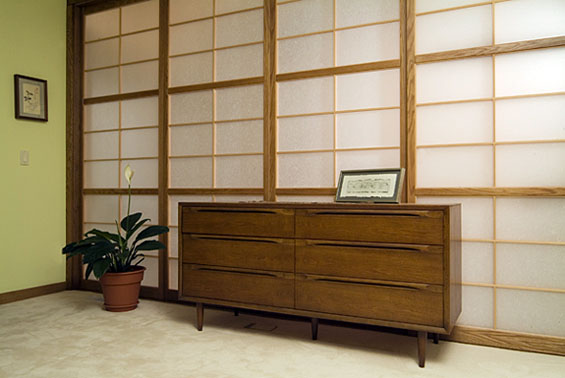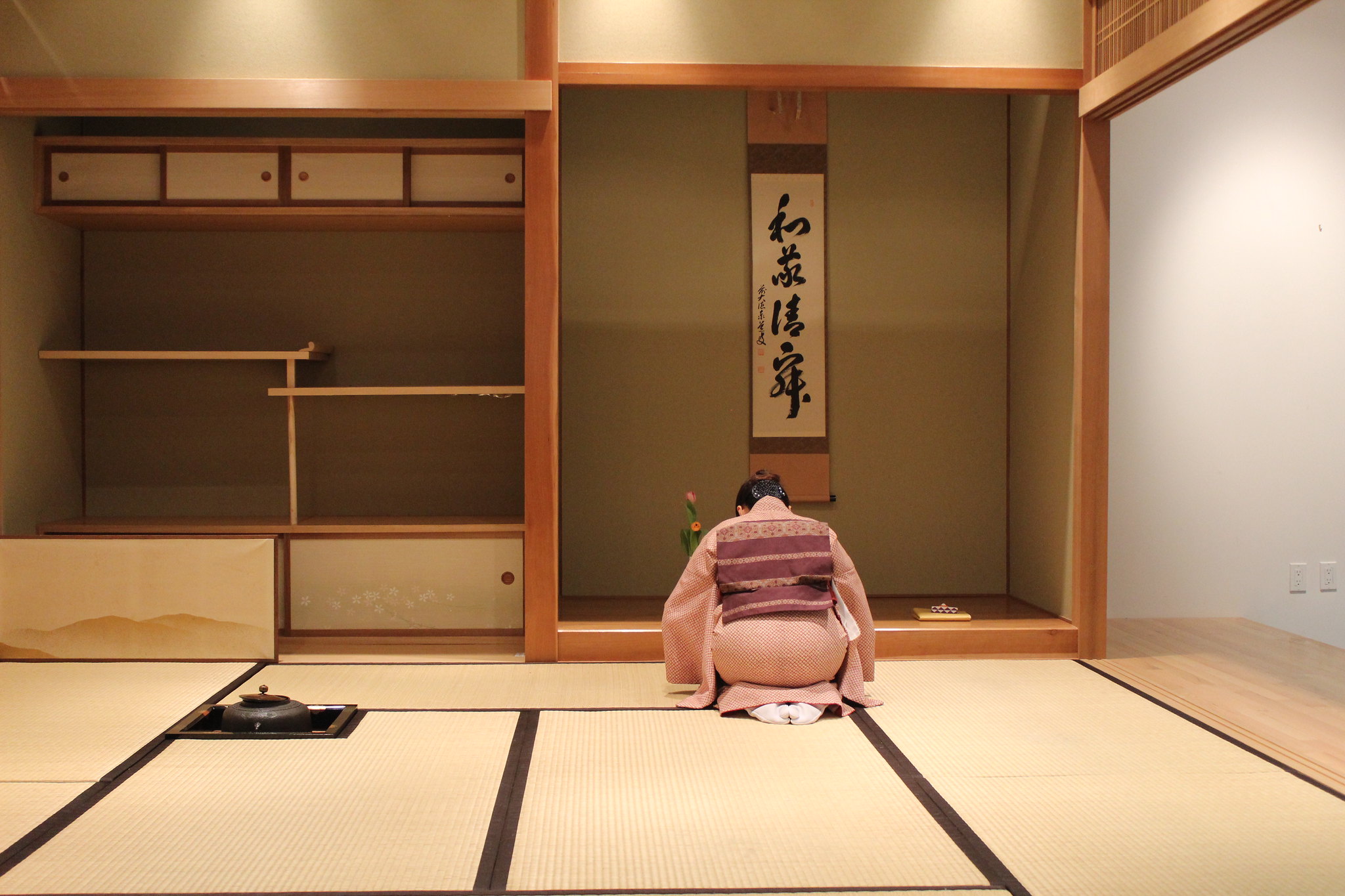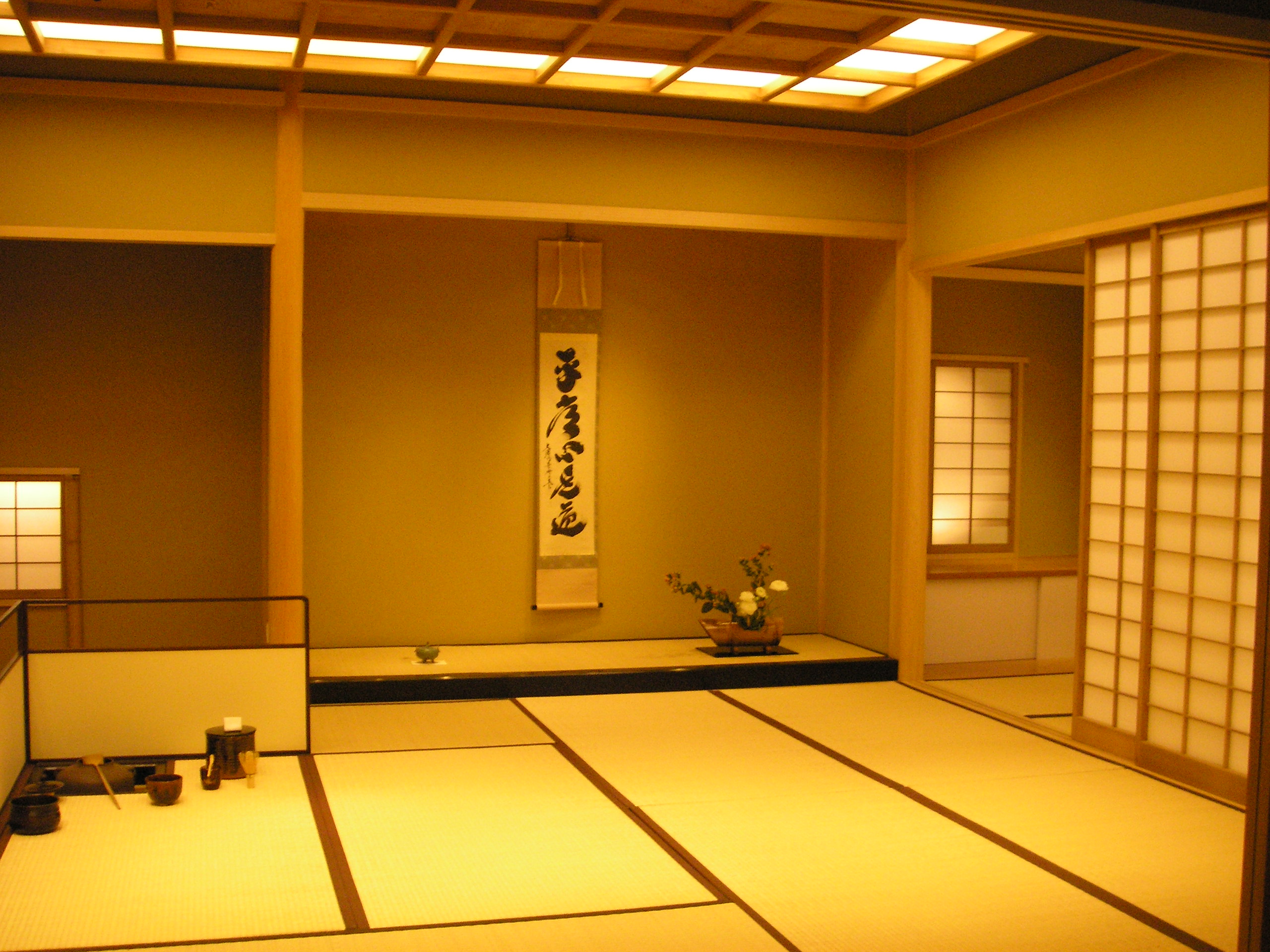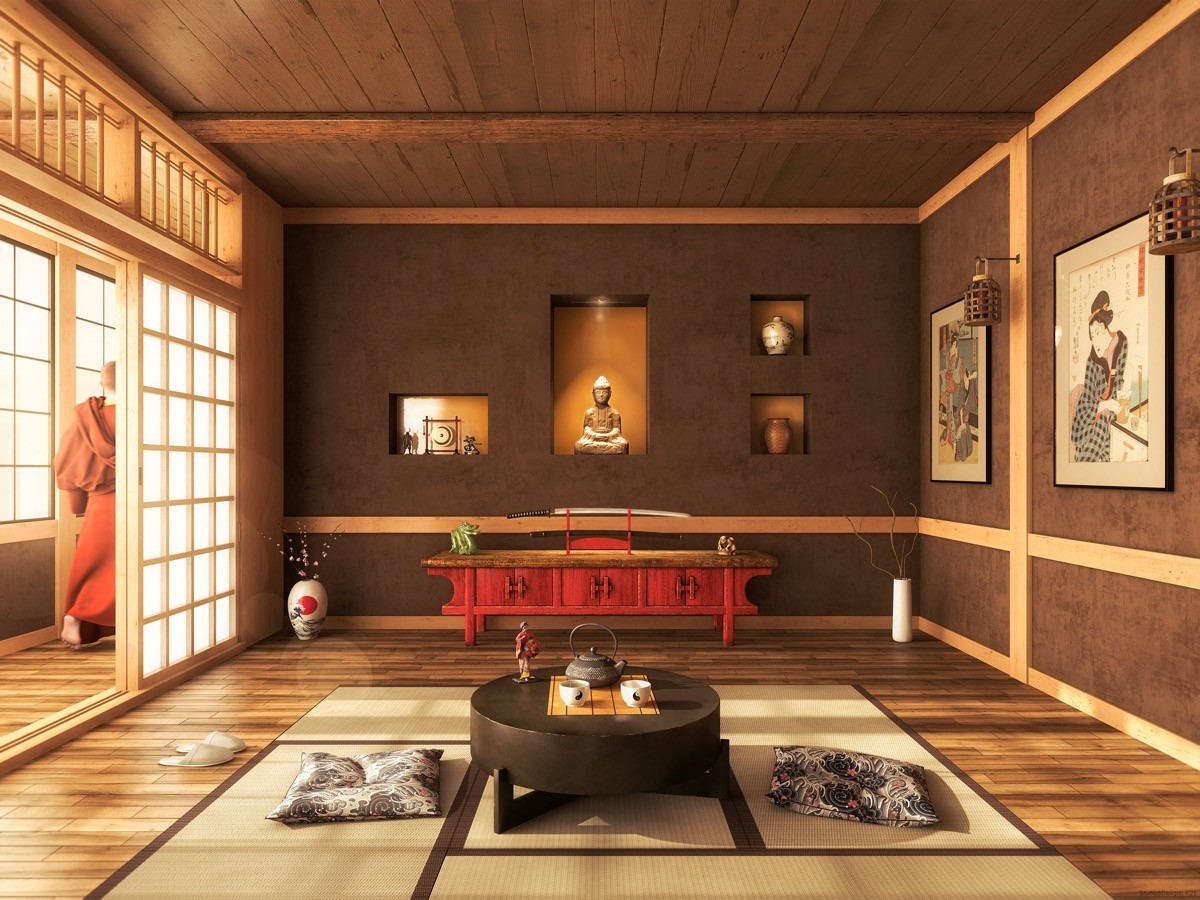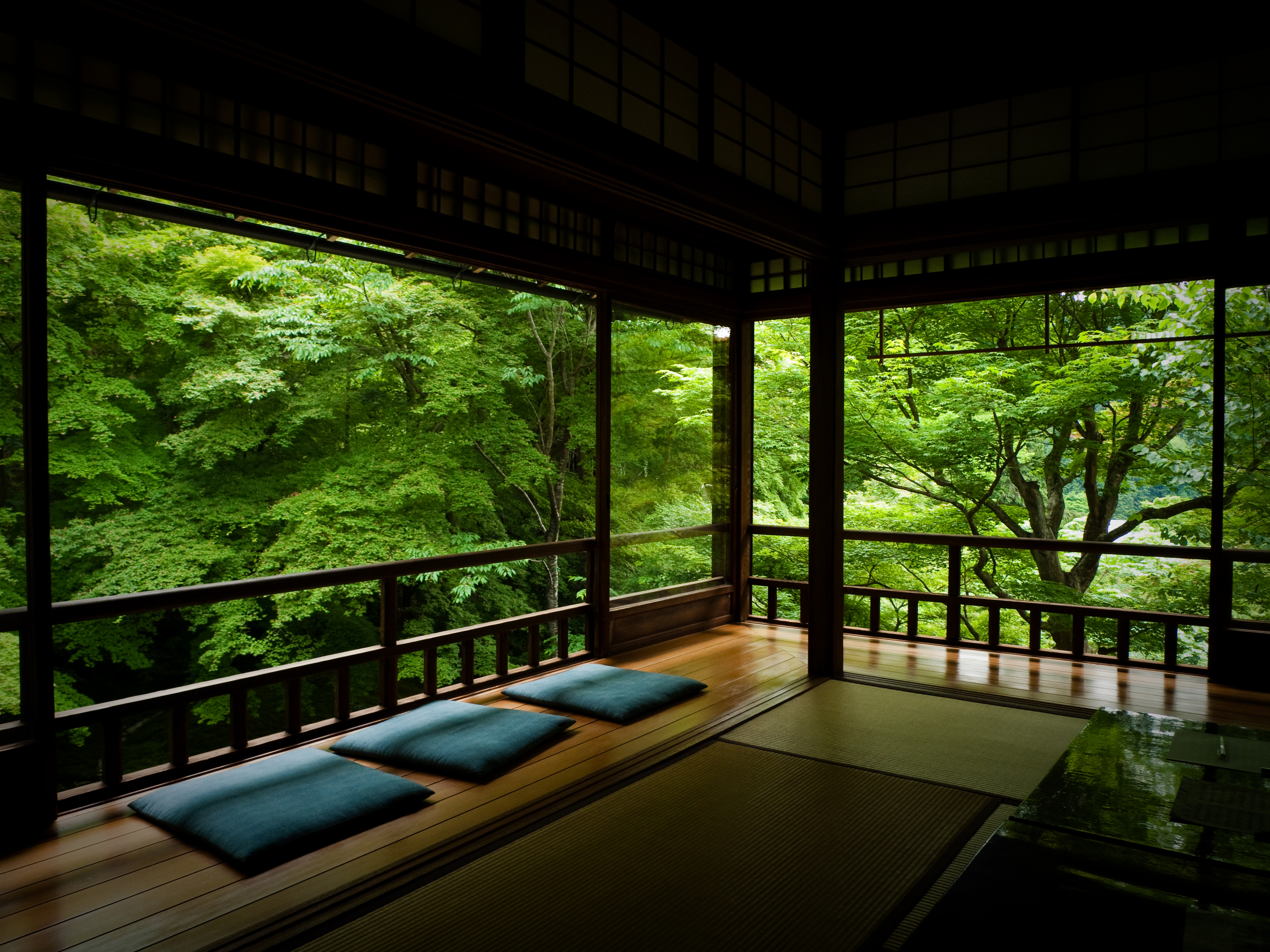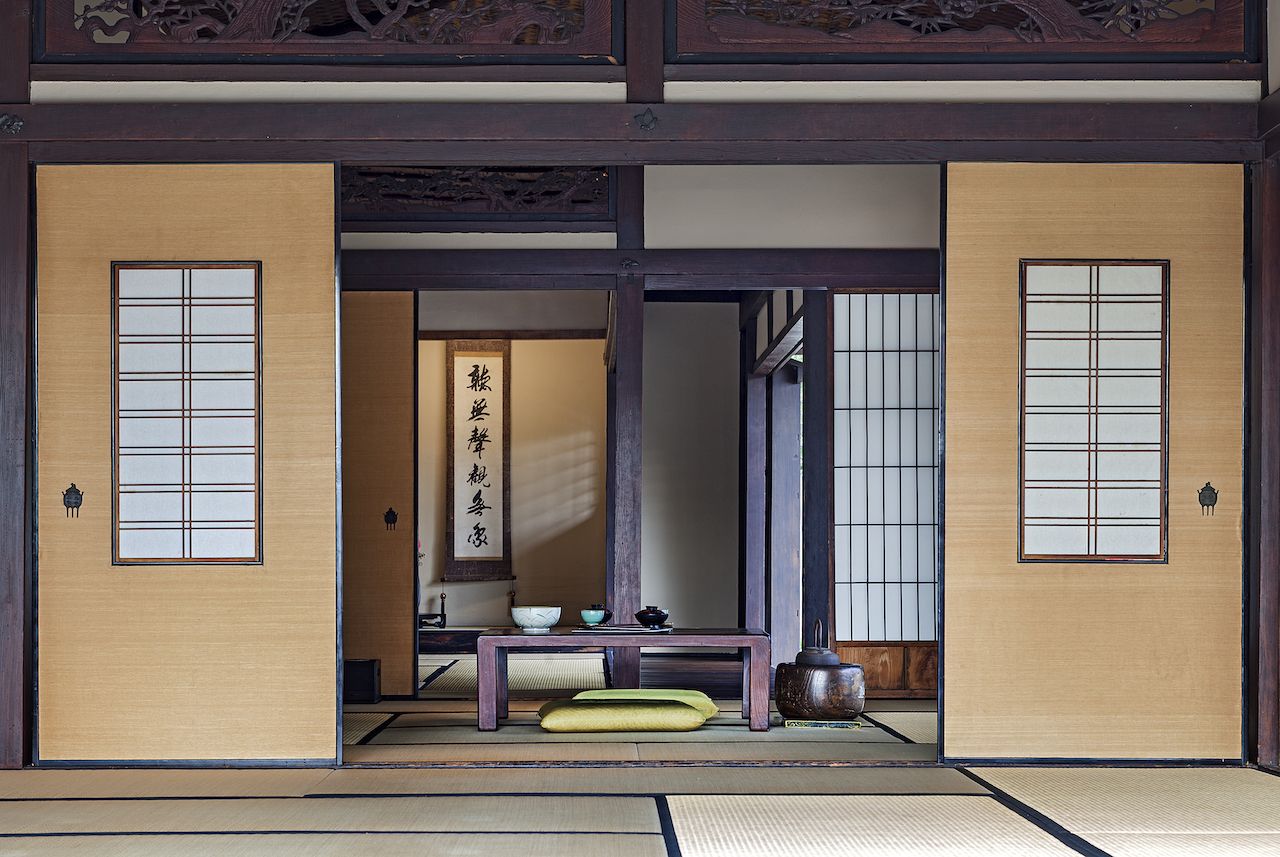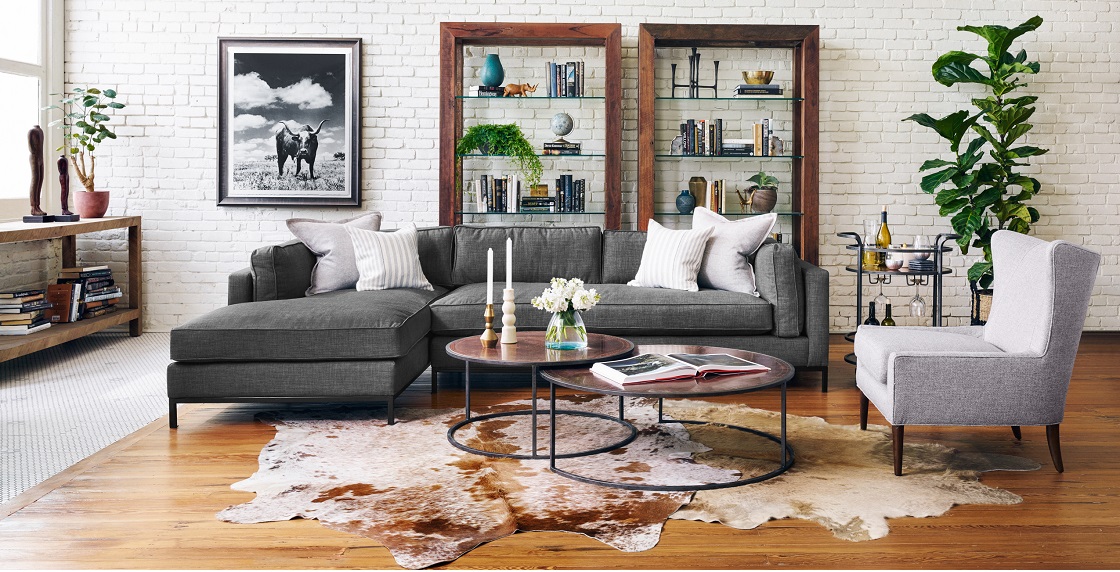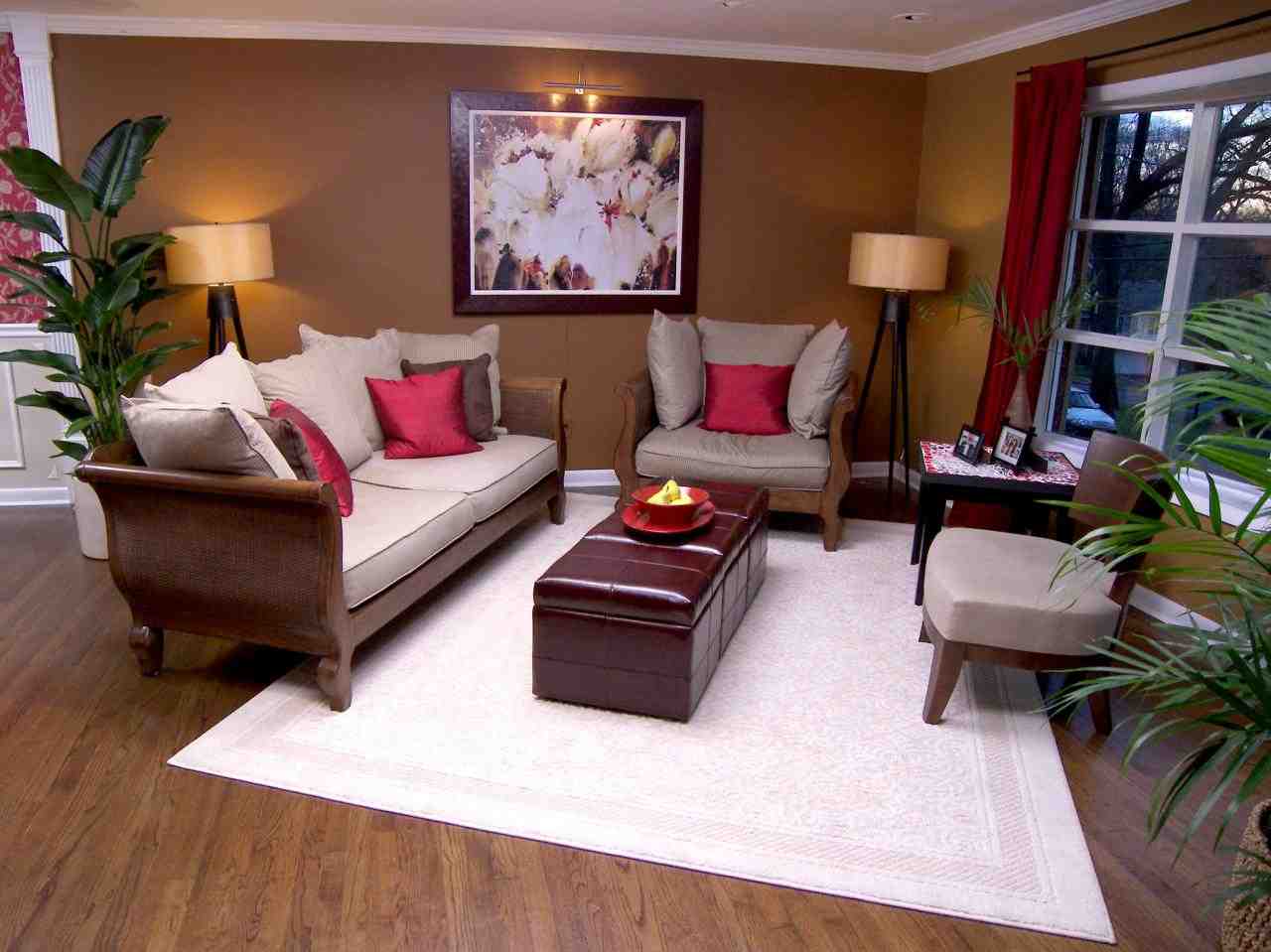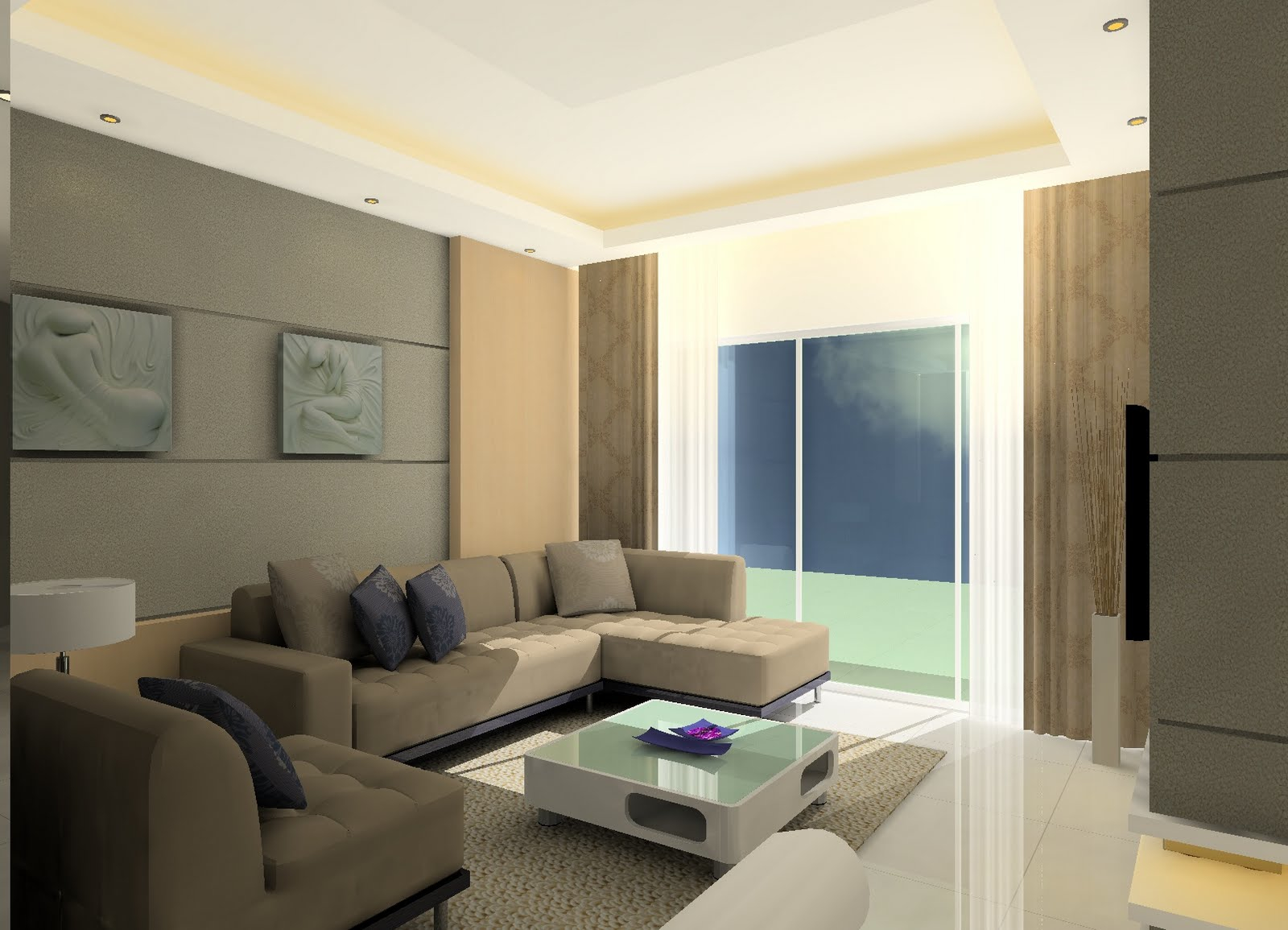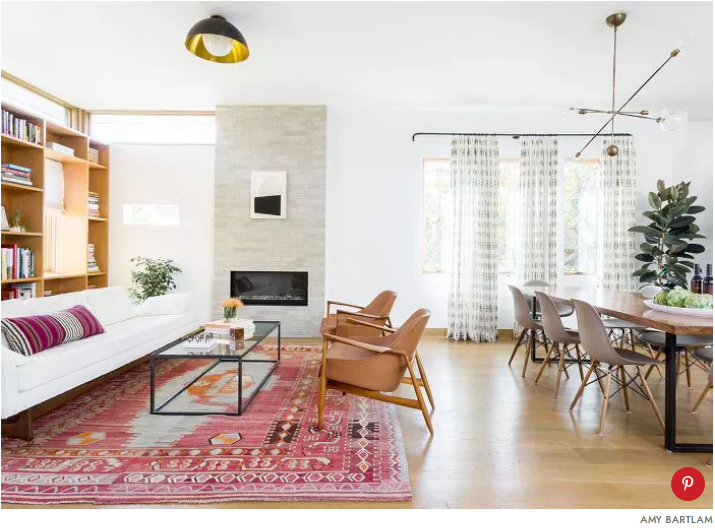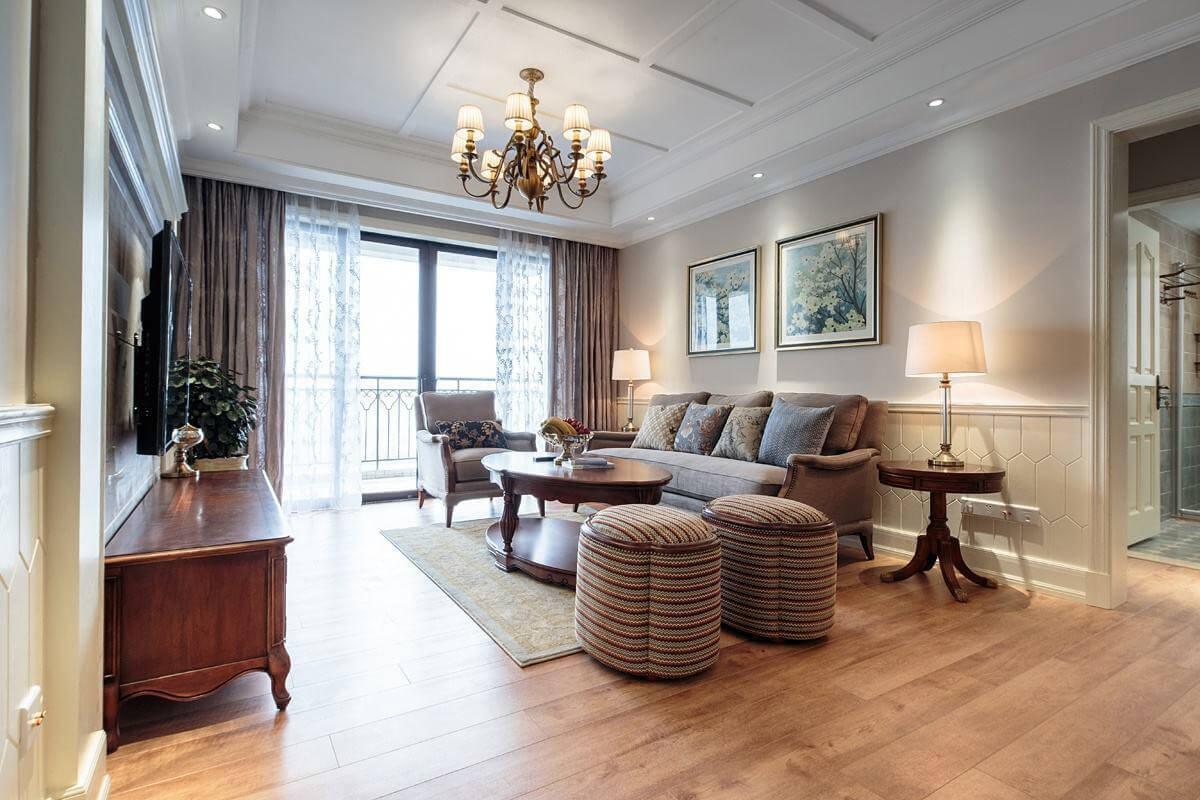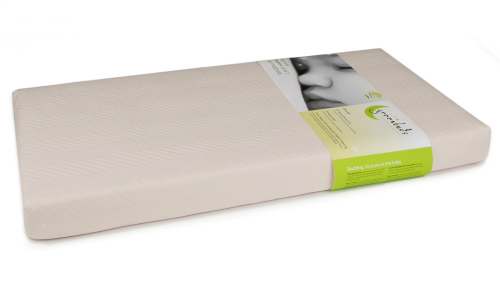Japanese Style Living Room Decor Ideas
When it comes to creating a peaceful and harmonious living space, few styles can compare to Japanese design. With its clean lines, natural elements, and minimalist approach, Japanese decor is perfect for creating a serene and inviting living room. Here are 10 ideas to help you bring the essence of Japan into your home.
Japanese Inspired Living Room Design
To achieve a truly authentic Japanese living room, it's important to understand the key elements of the design. Traditional Japanese decor is heavily influenced by nature, incorporating natural materials like wood, bamboo, and stone. It also embraces simplicity, with a focus on clean lines and uncluttered spaces. Incorporating these elements into your living room will help you achieve a Japanese-inspired design.
Traditional Japanese Living Room Decor
If you want to fully embrace the Japanese aesthetic, consider incorporating traditional elements into your living room. This could include a kotatsu, a low table with a built-in heater, which is perfect for keeping warm during the colder months. You could also add a tokonoma, a small alcove used to display traditional Japanese art or calligraphy. These elements will not only add a touch of authenticity but also create a cozy and inviting atmosphere in your living room.
Minimalist Japanese Living Room
The key to achieving a minimalist Japanese living room is to keep things simple and clutter-free. Stick to a neutral color palette with splashes of earth tones for a natural and calming effect. Choose furniture with clean lines and opt for a few carefully curated pieces rather than overwhelming the space with too many items. This will not only create a serene atmosphere but also make your living room easier to maintain.
Japanese Living Room Furniture
When it comes to choosing furniture for your Japanese living room, look for pieces that are made from natural materials like wood, bamboo, or rattan. These materials will not only add to the natural aesthetic but also bring a sense of warmth and texture to the space. Futons and floor cushions are also commonly used in Japanese living rooms, providing comfortable seating options that can easily be stored away when not in use.
Zen Living Room Decor
Zen is at the heart of Japanese design, and incorporating this philosophy into your living room decor can help create a peaceful and harmonious space. Embrace simplicity, natural elements, and a focus on mindfulness. You could add a bonsai tree or zen garden to your living room to bring a touch of nature and tranquility into the space. You could also incorporate elements like candles, incense, and essential oils to create a relaxing atmosphere.
Tatami Mat Flooring for Japanese Style Living Room
In traditional Japanese homes, tatami mats are used as flooring. These mats are made from rice straw and are soft to the touch, providing a comfortable and natural flooring option. Incorporating tatami mats into your living room can add a touch of authenticity and warmth to the space. They also provide a soft surface for sitting or lying down, making them perfect for creating a cozy and inviting atmosphere.
Shoji Screen Room Divider for Japanese Living Room
A shoji screen is a type of room divider commonly used in Japanese homes. These screens are made from a wooden frame with translucent paper panels, allowing light to filter through while still providing privacy. Incorporating a shoji screen into your living room can not only add to the Japanese aesthetic but also serve as a functional piece, dividing the space into different areas.
Japanese Tea Room Decor
In traditional Japanese homes, there is often a designated tea room for the practice of tea ceremonies. While you may not have a separate room for this purpose, you can still incorporate elements of a tea room into your living room decor. This could include a small tea table or tea set for serving tea to guests, as well as a tokonoma to display traditional tea ceremony utensils or artwork.
Feng Shui in Japanese Living Room Design
Feng Shui, the Chinese practice of arranging furniture and decor to create balance and harmony, is also commonly used in Japanese design. In a Japanese living room, it's important to have a good flow of energy and to incorporate natural elements. This could include adding plants, incorporating natural light, and ensuring that furniture is arranged in a way that promotes a sense of balance and tranquility.
The Tranquil Beauty of Japanese Decoration in Your Living Room

Bringing the Serenity of Japan into Your Home
 When it comes to creating a peaceful and harmonious living space,
Japanese decoration
is a popular choice that has stood the test of time. The Japanese have long been known for their minimalistic and nature-inspired designs, which are not only visually appealing but also promote a sense of tranquility and
balance
. In this article, we will explore the elements of Japanese decoration and how you can incorporate them into your living room to create a serene and inviting atmosphere.
When it comes to creating a peaceful and harmonious living space,
Japanese decoration
is a popular choice that has stood the test of time. The Japanese have long been known for their minimalistic and nature-inspired designs, which are not only visually appealing but also promote a sense of tranquility and
balance
. In this article, we will explore the elements of Japanese decoration and how you can incorporate them into your living room to create a serene and inviting atmosphere.
Simplicity and Functionality
 One of the key principles of
Japanese design
is simplicity. This means getting rid of unnecessary clutter and keeping only the essentials. In a
living room
setting, this could mean opting for
minimalist
furniture with clean lines and a neutral color palette. Choose pieces that serve a purpose and avoid overcrowding the space. This will not only create a sense of
spaciousness
but also promote a sense of calm and
order
.
One of the key principles of
Japanese design
is simplicity. This means getting rid of unnecessary clutter and keeping only the essentials. In a
living room
setting, this could mean opting for
minimalist
furniture with clean lines and a neutral color palette. Choose pieces that serve a purpose and avoid overcrowding the space. This will not only create a sense of
spaciousness
but also promote a sense of calm and
order
.
Natural Elements
 Nature plays a significant role in Japanese decoration, and incorporating natural elements into your living room is a must.
Wood
is a prominent feature in Japanese design, and it is often used for flooring, furniture, and decorative accents. You could also add some
greenery
to your living room in the form of bonsai trees or bamboo plants. These natural elements not only add visual interest but also bring a sense of
serenity
and
balance
to the space.
Nature plays a significant role in Japanese decoration, and incorporating natural elements into your living room is a must.
Wood
is a prominent feature in Japanese design, and it is often used for flooring, furniture, and decorative accents. You could also add some
greenery
to your living room in the form of bonsai trees or bamboo plants. These natural elements not only add visual interest but also bring a sense of
serenity
and
balance
to the space.
Harmony and Balance
 Japanese decoration is all about creating a sense of
harmony
and
balance
in your living room. This can be achieved through the use of
symmetry
and
asymmetry
in your design. For example, you could have a pair of matching chairs on one side of the room and balance it out with a single statement piece on the other side. Another way to achieve balance is through the use of
natural light
. Japanese homes often have large windows that allow natural light to flood in, creating a sense of
harmony
and
balance
between the indoor and outdoor spaces.
Japanese decoration is all about creating a sense of
harmony
and
balance
in your living room. This can be achieved through the use of
symmetry
and
asymmetry
in your design. For example, you could have a pair of matching chairs on one side of the room and balance it out with a single statement piece on the other side. Another way to achieve balance is through the use of
natural light
. Japanese homes often have large windows that allow natural light to flood in, creating a sense of
harmony
and
balance
between the indoor and outdoor spaces.
The Beauty of Imperfection
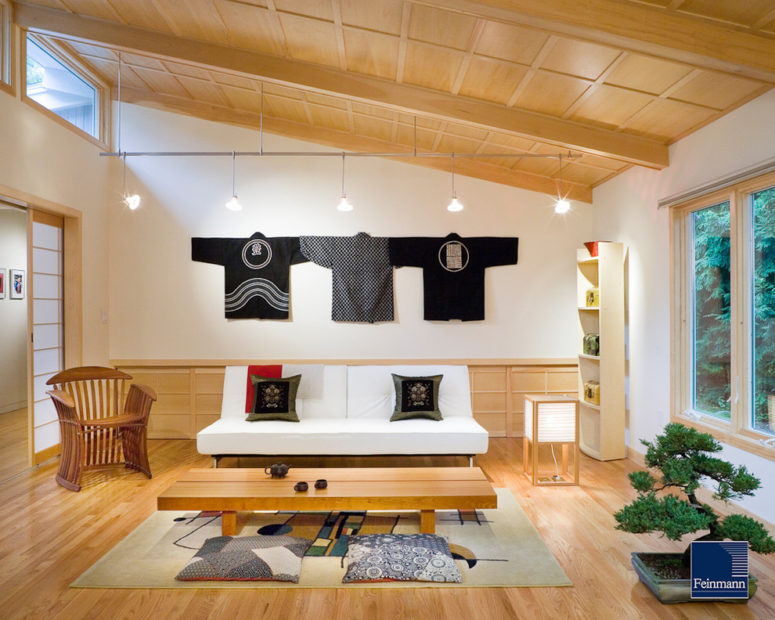 In Japanese culture, there is a concept called
Wabi-Sabi
, which celebrates the beauty of imperfection. This is reflected in Japanese decoration through the use of
handcrafted
and
organic
materials. You could incorporate this into your living room by adding
handmade
pottery or
hand-woven
textiles as decorative accents. This not only adds a personal touch to your space but also adds to the overall
serenity
and
authenticity
of the design.
In conclusion,
Japanese decoration
is a timeless and elegant choice for your living room. By incorporating elements such as simplicity, natural materials, harmony, and imperfection, you can create a space that not only looks beautiful but also promotes a sense of
peace
and
balance
. So why not bring a touch of Japan into your home and experience the tranquility it has to offer?
In Japanese culture, there is a concept called
Wabi-Sabi
, which celebrates the beauty of imperfection. This is reflected in Japanese decoration through the use of
handcrafted
and
organic
materials. You could incorporate this into your living room by adding
handmade
pottery or
hand-woven
textiles as decorative accents. This not only adds a personal touch to your space but also adds to the overall
serenity
and
authenticity
of the design.
In conclusion,
Japanese decoration
is a timeless and elegant choice for your living room. By incorporating elements such as simplicity, natural materials, harmony, and imperfection, you can create a space that not only looks beautiful but also promotes a sense of
peace
and
balance
. So why not bring a touch of Japan into your home and experience the tranquility it has to offer?




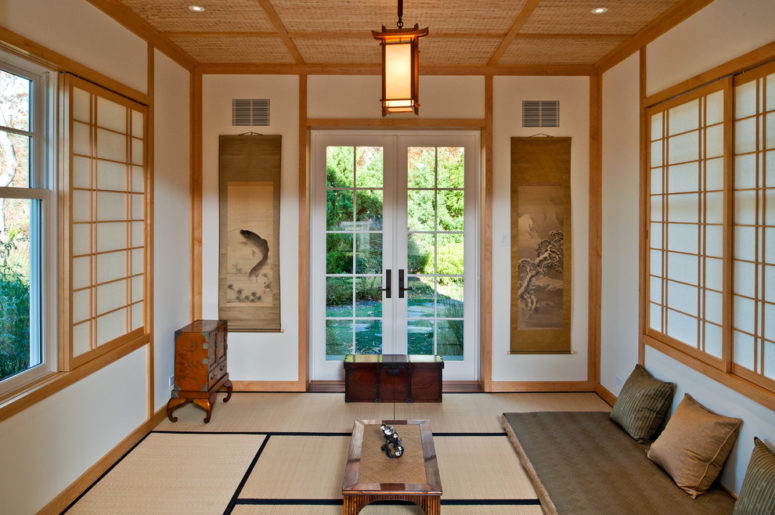

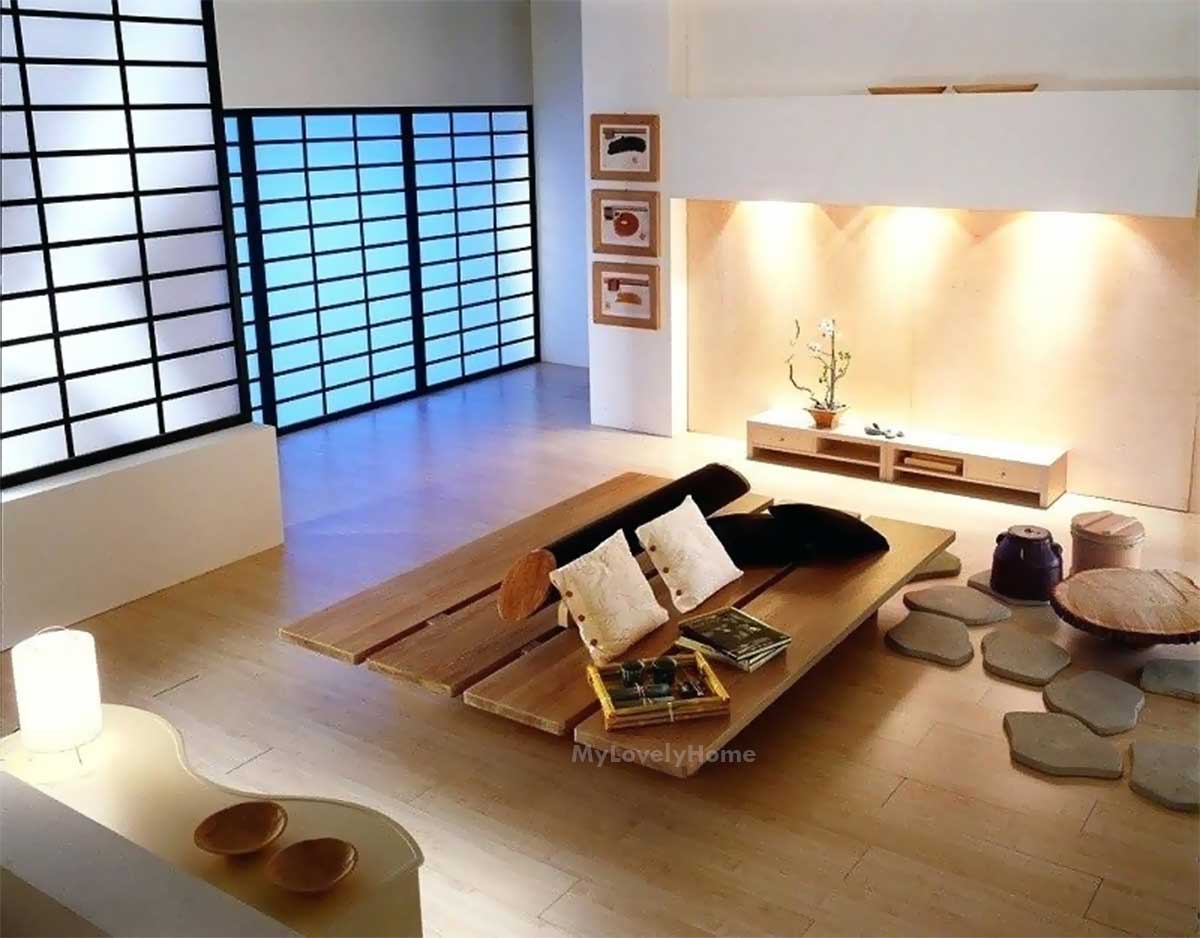
.jpg)
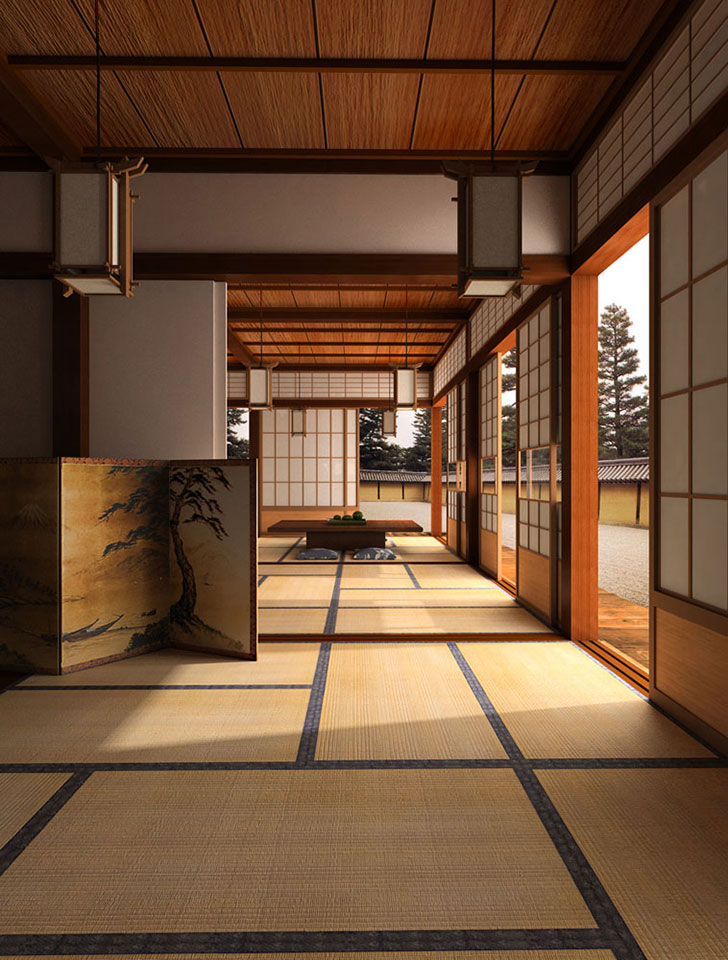


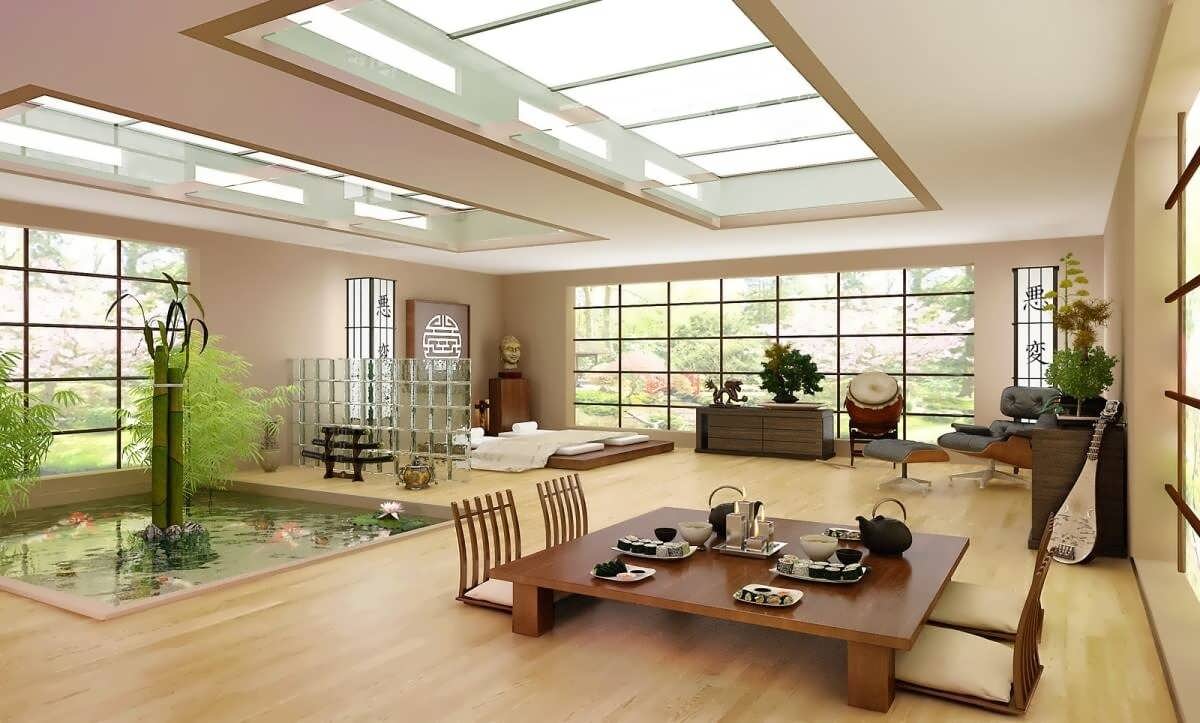
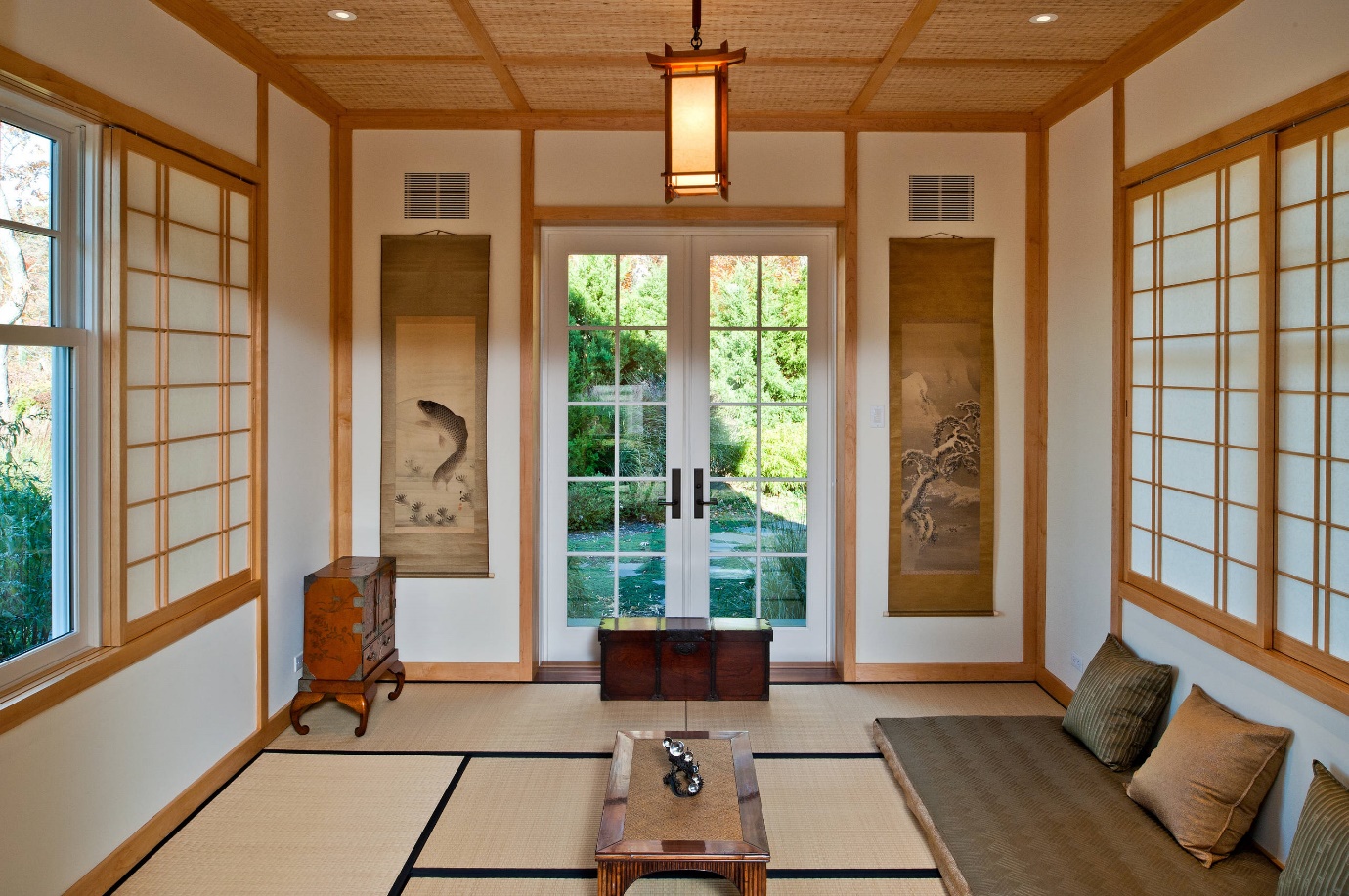





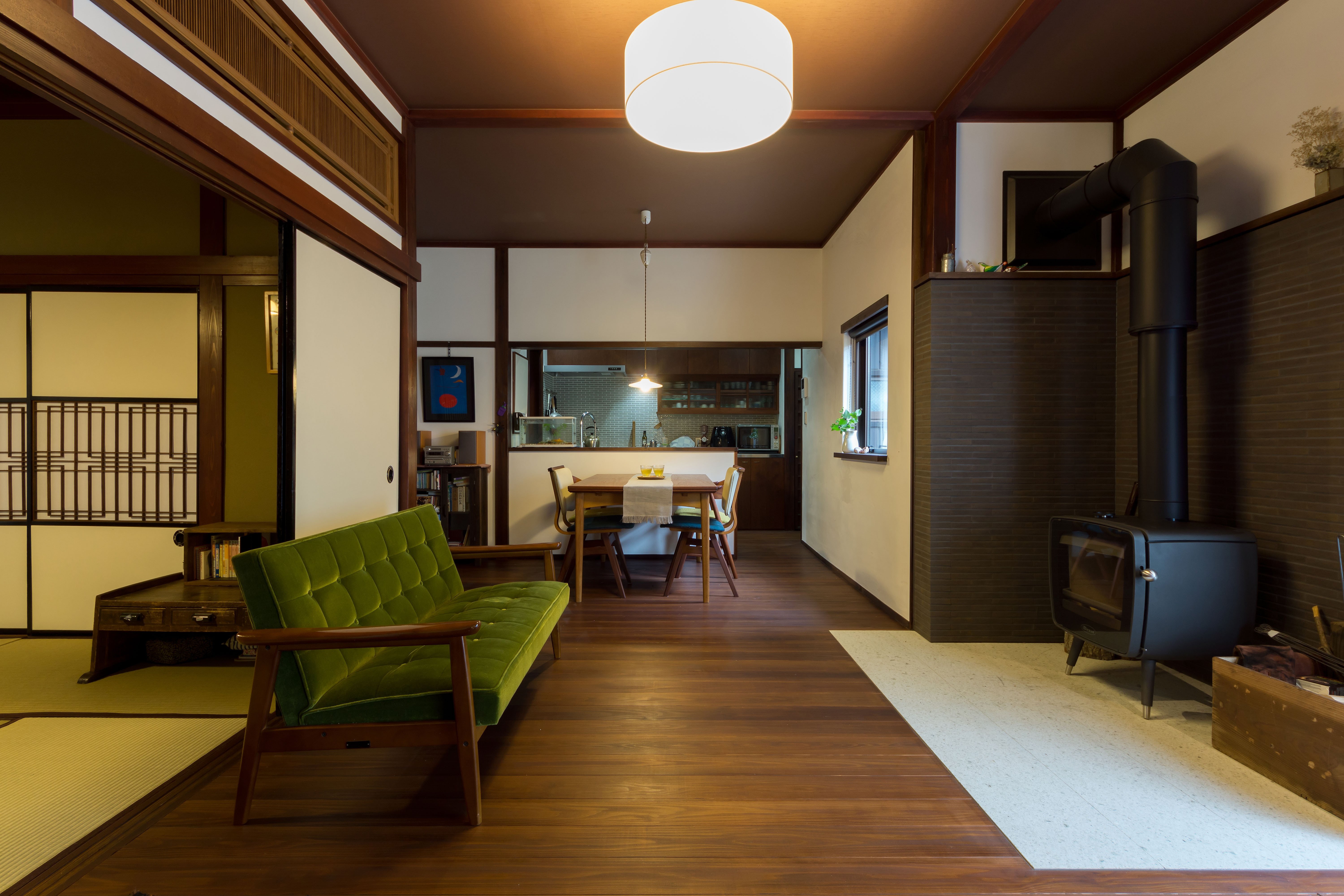

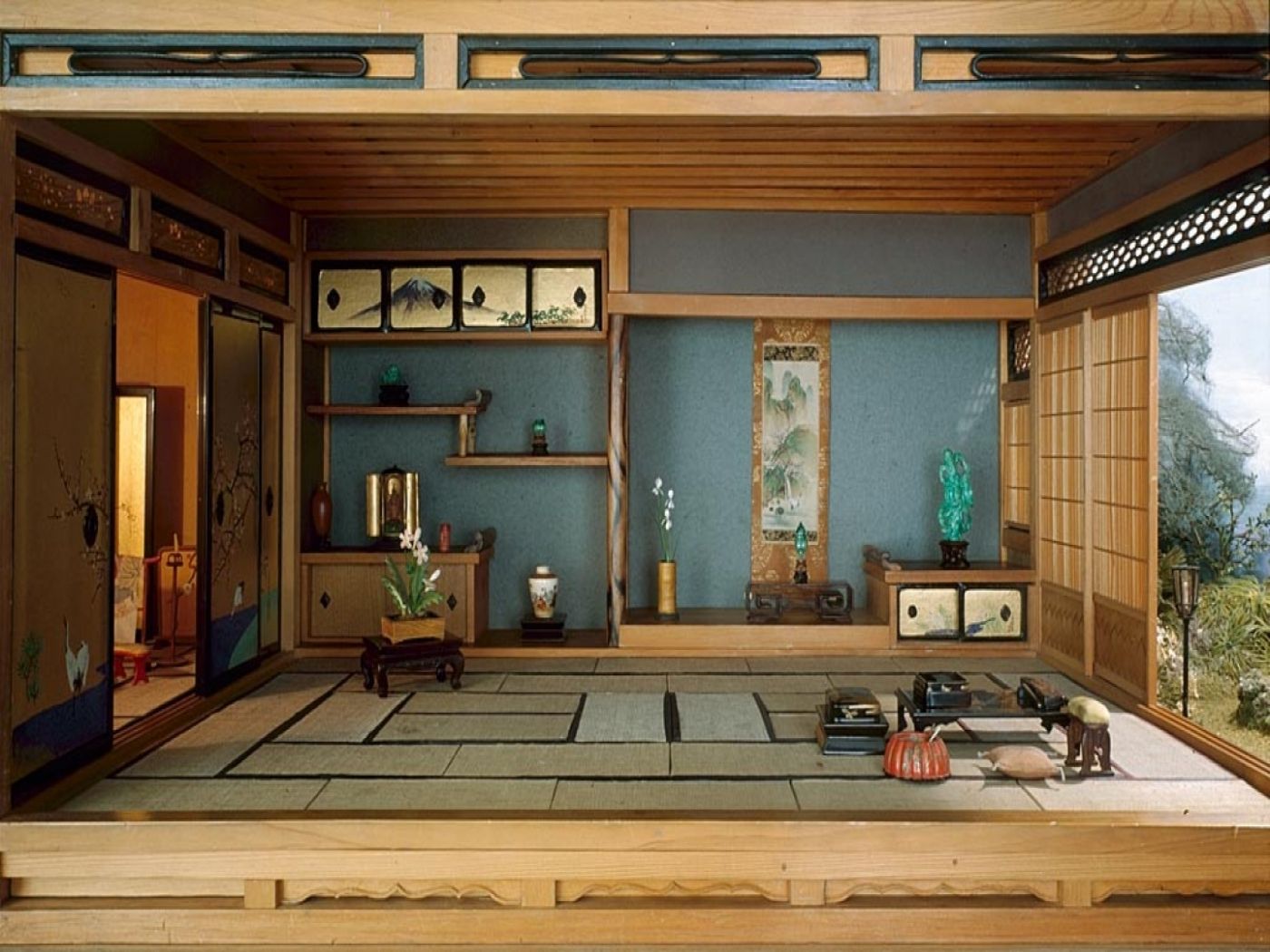





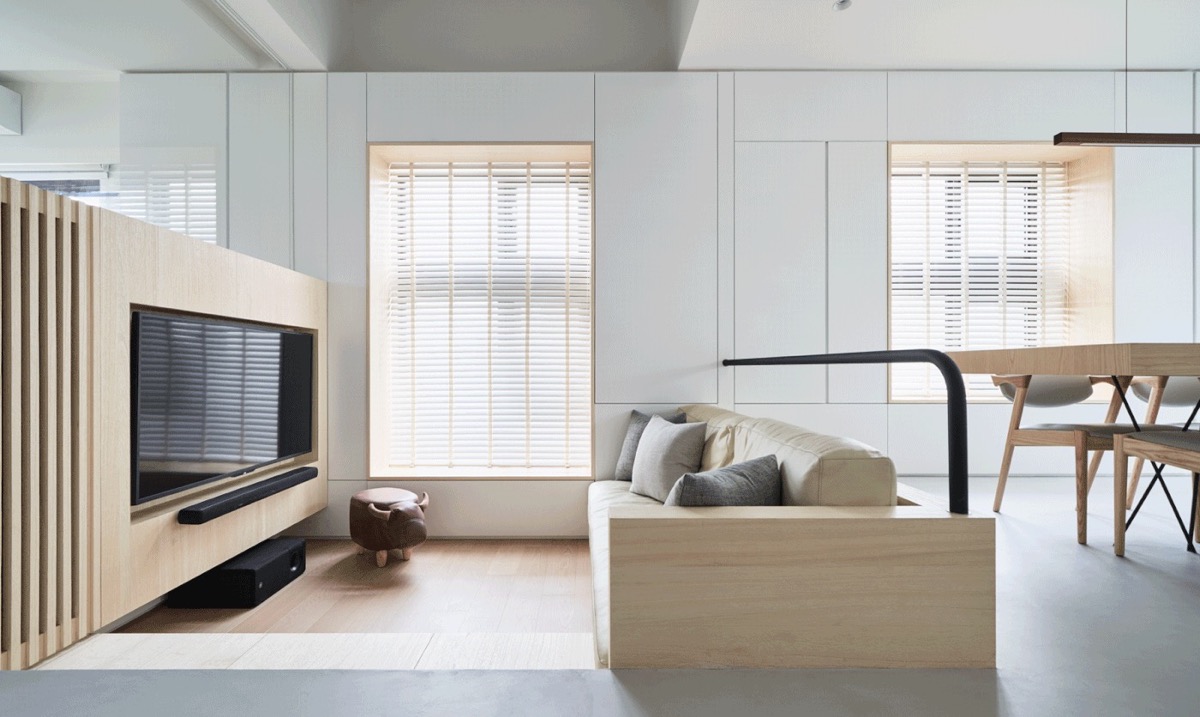
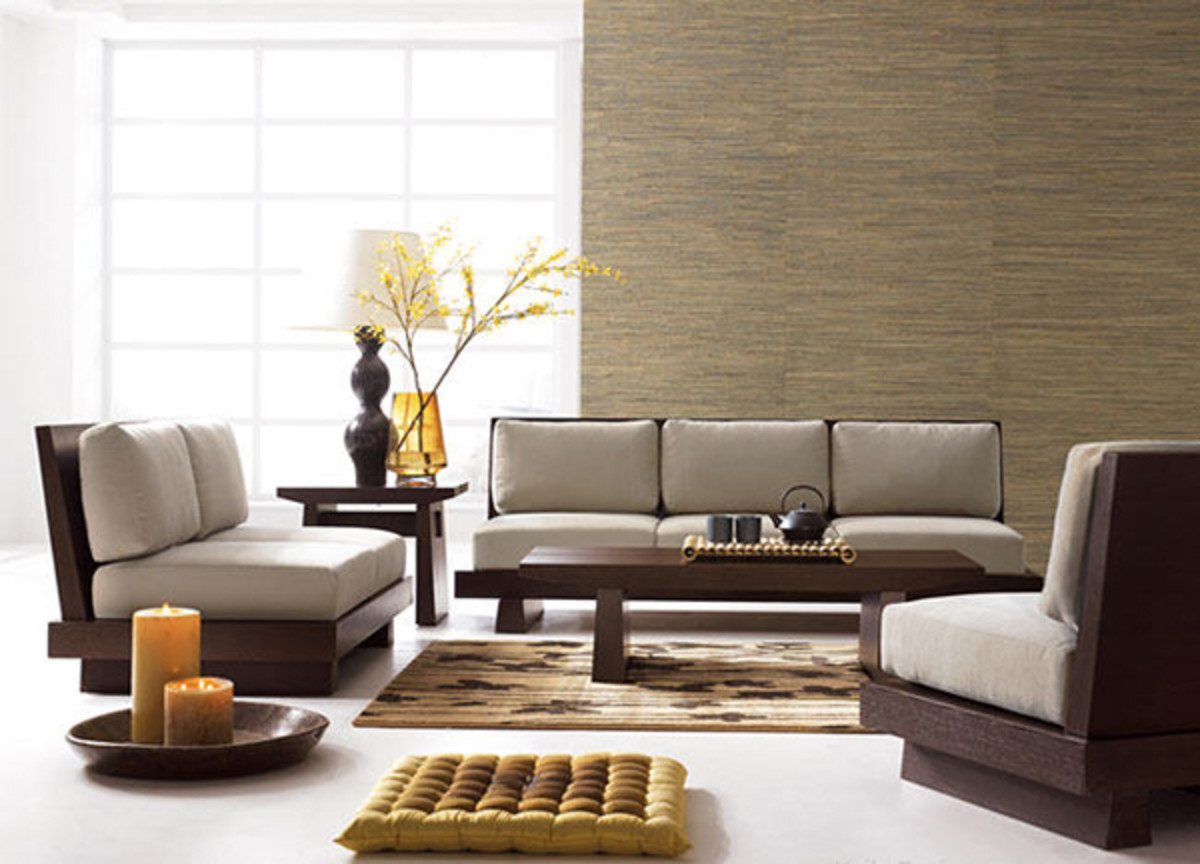

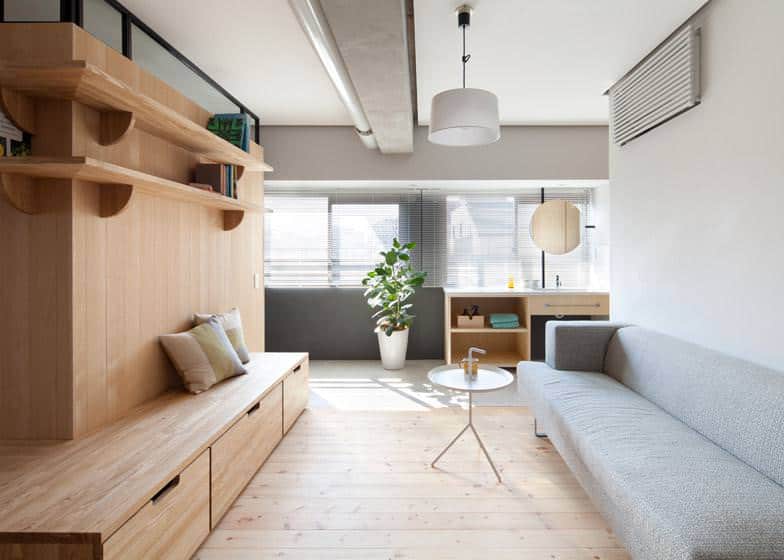
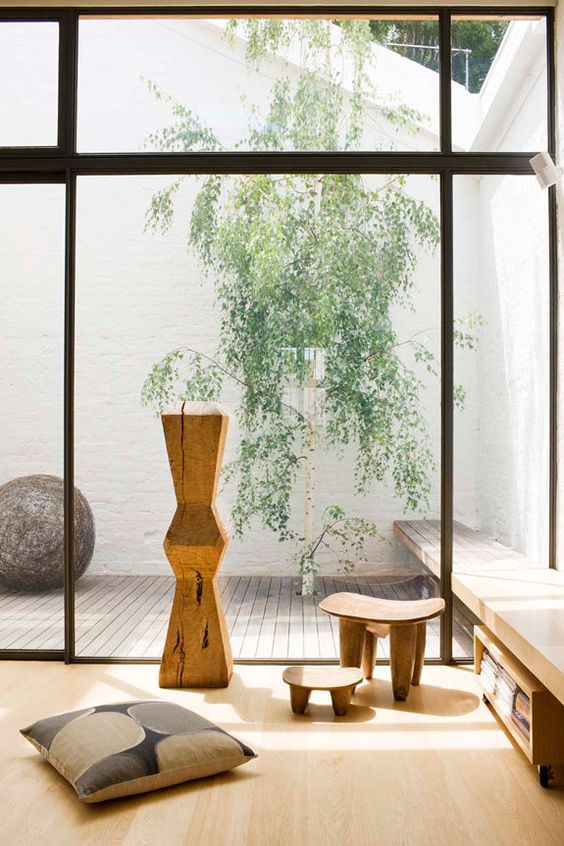


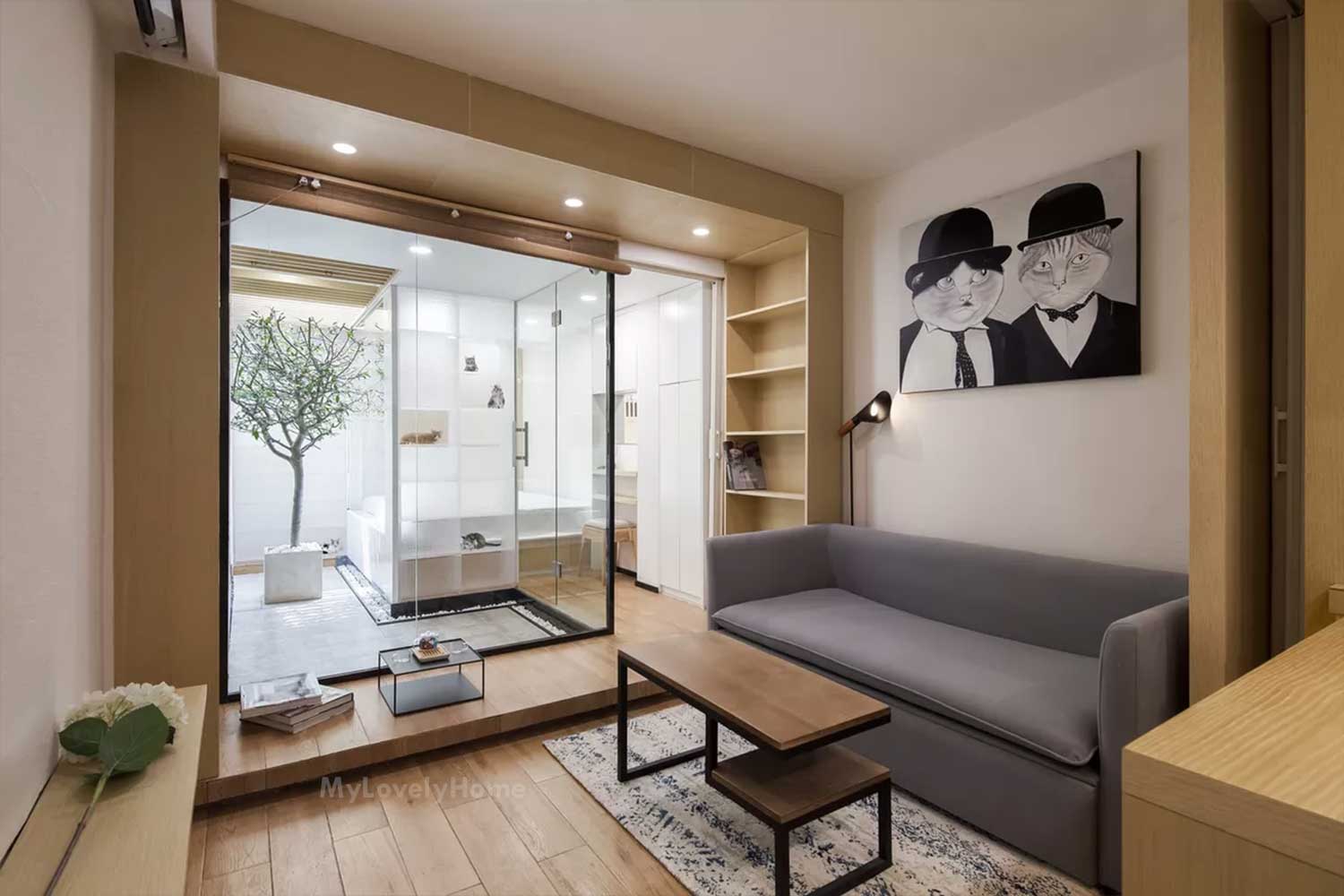


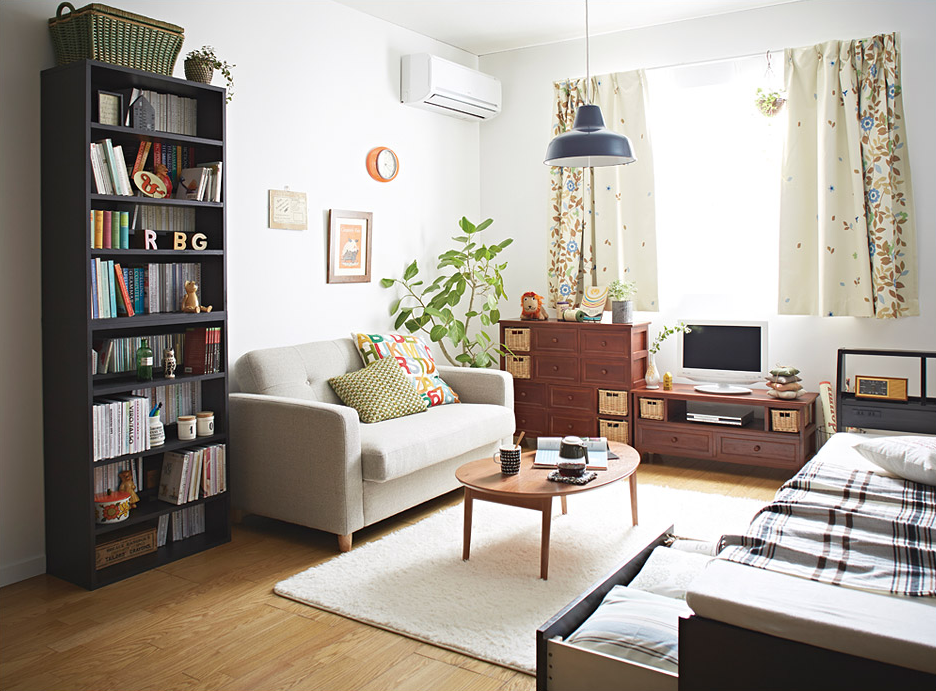

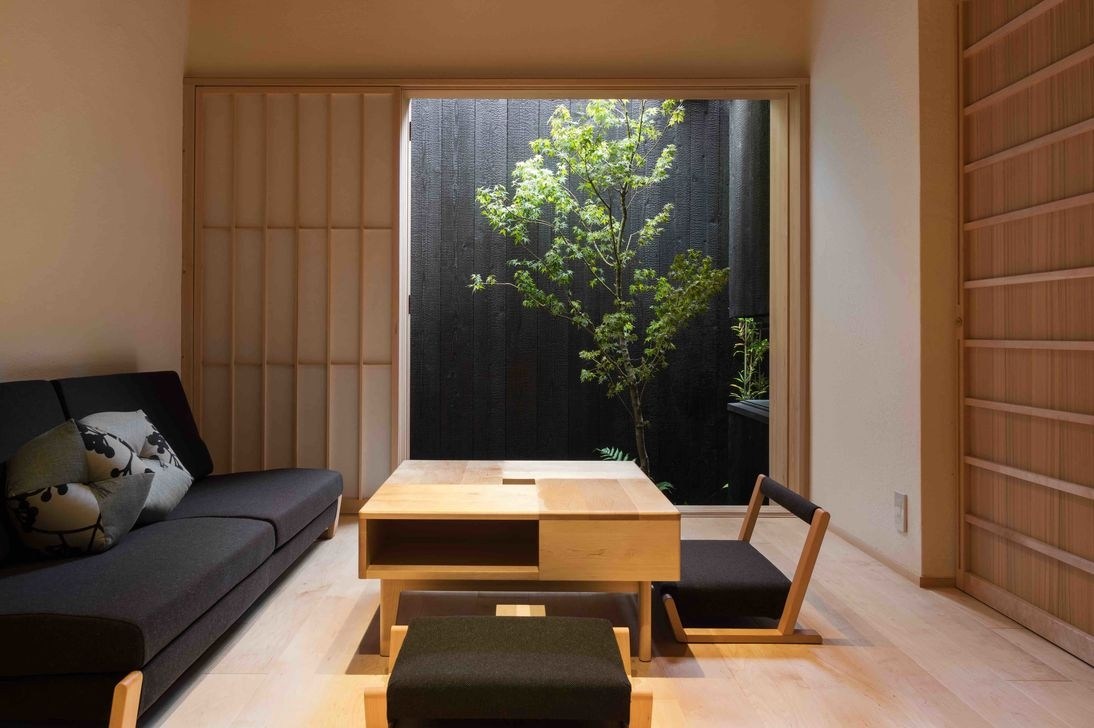
:max_bytes(150000):strip_icc()/cdn.cliqueinc.com__cache__posts__252404__zen-living-rooms-252404-1521148948714-image.700x0c-2234e0ef98cd409694773d3f82874544.jpg)
:max_bytes(150000):strip_icc()/cdn.cliqueinc.com__cache__posts__252404__zen-living-rooms-252404-1521148983426-image.700x0c-dd7f0163fe6f46448158d539ed4dcc37.jpg)


